
On both sides of the spine there are two organs that havethe shape of a bean and they are named kidneys. They are responsible for theremoval of all toxic material in the human body and they are basically the body'swaste filter. But this ability can be hampered by some chronic kidney diseaseand if this happen, the body will place the waste into the bloodstream. Thereis a rate that presents the ability of the kidneys to purify the blood in acertain amount of time. For this rate, called GFRor Glomerular Filtration Rate, to be calculated we will need the person's race,gender and age. This rate can show us if a patient is in some of thestages of CKS and the general health of the kidneys. The level greater than 90ml/min is considered normal. Chronic kidney diseases can be developed due tomany factors, but two most common causes are high blood pressure and diabetes.As we have said there are many other possible causes but whatever cause ispresent, the treatment has to be focused on the cause.
Stage 1
The range of GFR during this stageis above 90ml/min. This stage of chronic kidney disease produces no symptoms, but those who are suffering from diabetes usually performtest to measure their GFR. Chronickidney disease can be detected by these tests since they measure the creatinelevels in the blood and if a chronic kidney disease is present, the creatinelevel will be elevated. The tests to detect these diseases are CT scan, X-ray,ultrasound and MRI. Treatment ofchronic kidney disease in this stage is very easy and simple.
Stage 2
The GFR during this stage is inthe region from 60 to 89ml/min and this stage develops no symptoms either.Test mentioned earlier can be used in this stage for diagnosis as well. Duringthis stage, dialysis is not needed.
Stage 3
During this stage, the GFR level isbetween 20 and 59ml/min and symptoms start to appear. The most common are legand hand swelling and change of urine color to brown, red and dark orange.Person who is in this stage needs to see a nephrologist and dietitian who willgive a good diet to fight the disease. Nephrologist will do tests in order todiagnose the problem. Back problems, or the area where kidneys are located, mayappear if polycystic kidney disease is present.
Stage 4
This stage develops additional symptoms like bad breath, nausea, appetite lossand several problems with the nerves. Range of GFRin this stage is from 15 to 29ml/min. Hemodialysis is a common treatment for this stage, but if the GFR fallsbelow 15ml/min, kidney transplant is needed.
Stage 5
This is a stage of complete kidney failure and the GFRlevel of 0ml/min. It includes additional symptoms like skin discoloration andheadaches. The most common treatment in this stage is the kidney transplant,but peritoneal dialysis and hemodialysis can be used.As you can see, this problem is much easier treated if found in the earlystages and the cost of the treatment will be more affordable as well.



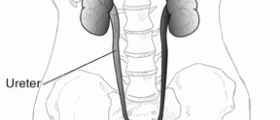


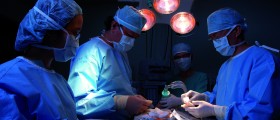
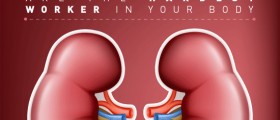

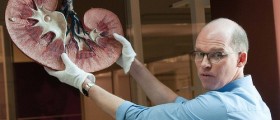
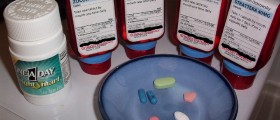



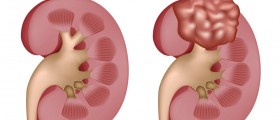

Your thoughts on this
Loading...